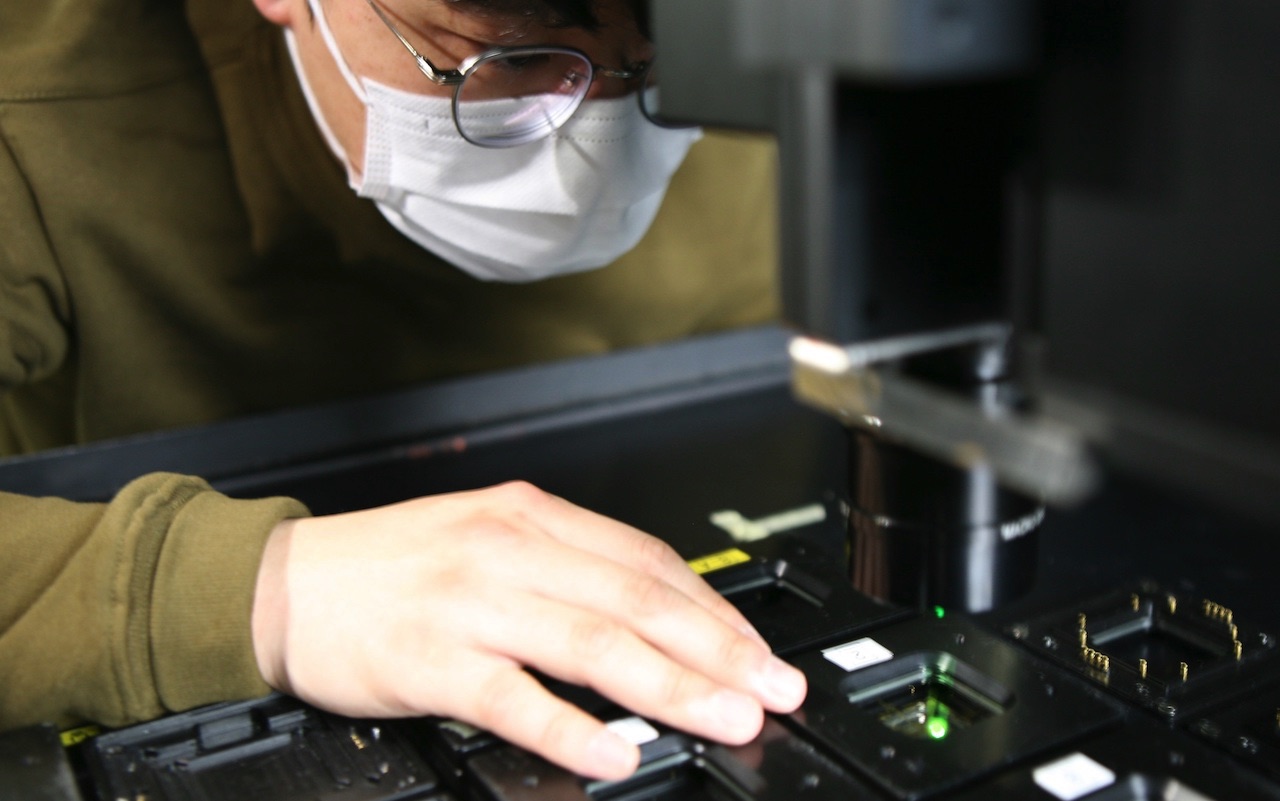We rarely hear from Samsung Display but when we do, expect it will be about a new display. Before 2020 ended, we shared with you Samsung’s The First Look 2021 presentation that was meant to show the ‘future of the display’. We can’t say if the under-display camera technology is already part of the new product but we are happy to know about the new Low-power OLED Display from Samsung Display. This special OLED panel can reduce power consumption by up to 16 percent.
What happens is the electron flows are faster in the organic layers of the display. The result is less power consumption for the smartphone. This is the display implemented on the new Samsung Galaxy S21 Ultra. Take note: it’s only for the Ultra variant.
Samsung Display’s new OLED is still efficient, thanks to the organic materials used. It still doesn’t use a separate source of light. What the display does is produce vibrant colors. This is done by running an electric current though a set of self-luminous organic materials.
The Samsung Display Low-power OLED Display Promise
The performance of the OLED display usually depends on the high luminance, color gamut, high-dynamic range (HDR), power consumption, and outdoor visibility. Samsung Display’s EVP and Head of the Mobile Display Sales, Marketing ,& Product Planning shared:
“The constant progression of display technologies has increased demand for lower power consumption to enable features such as larger screens, faster display driving, and greater resolution. Building upon our industry-leading expertise in material technology, which has been increasing for a long time, Samsung Display is directly engaging with many of its customers to improve performance of their newest products.”
Simply put, Samsung Display’s new OLED technology increased in luminous efficiency. As described by the South Korean tech giant, “Samsung Display’s novel organic material achieved its sharp increase in luminous efficiency by having electrons flow faster and more easily across the display’s organic layers.”
